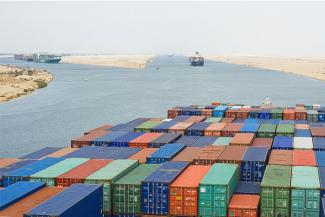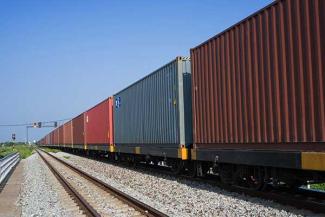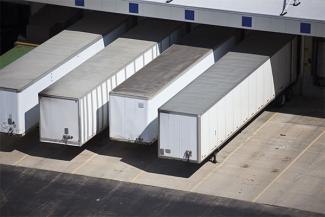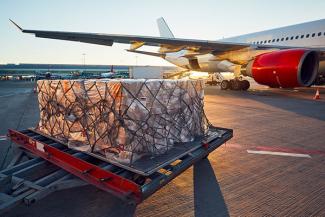Major Shipping Routes for Global Trade
The Benefits of Shipping LTL Compared to Parcel
How ELDs Affect Shippers
The ELD mandate: where are we now?
According to an American Transportation Research Industry (ATRI) report, 2020 was the first year since 2012 that the ELD mandate has not been included in the Top Industry Issue Rankings. While that may be the case, related issues that affect shippers, like detention/delay and hours-of-service (HOS), remain top concerns. Learn more about the impact the ELD mandate has had on the industry, from implementat
Is Intermodal Shipping Right for Your Business?
Intermodal overview: what to expect from this transportation mode
If you’re looking for extra capacity in a tight freight market or exploring cost-saving options for your supply chain, intermodal shipping could be what you need. Anything from electronics to home décor can ship securely via intermodal, and if you have consistent shipments traveling 750 miles or more, it can offer a number of benefits along
How Long Does Freight Delivery Take?
Make the best decisions for your shipments by understanding transit options
“How long does freight shipping take?” — it’s the question every shipper wants to know the answer to so they can plan appropriately and set the right expectations for delivery. And it depends on several things. Let’s look at how transit times are calculated, the things that could impact delivery, and what to expect for each mode and service option.
Shipping to Canada FAQs
Shipping freight between Canada and the United States
Moving freight across the U.S.-Canada border is essentially as easy as moving freight domestically: there are just a few extra steps involved. The biggest differences are working with a licensed customs broker and filling out customs documents. Working with a licensed and bonded carrier that is well-experienced moving freight across the border makes the process easy!
How to Ship Freight: Equipment Types and Services
What types of transportation equipment are available?
No matter what industry you’re in, getting products to your customers on-time and in good condition is vital to your business’ success.
Freight Pickup and Delivery – What You Should Know
A great shipping experience begins with a smooth pickup
When customers get their shipments on time and without damage, they’re much more likely to keep doing business with you and talk about their positive experience. But if something goes wrong and their expectations aren’t met, they’ll just tell people about their negative experience. That’s why scheduling freight pickup and delivery for the right time and place is critical.
How Does Air Freight Work?
When speed is your priority, air shipping is the solution
In this “need it yesterday” world, air shipping is the ideal solution to move freight across the country — or the globe — quickly and safely. It allows shippers to respond to customers and market demands fast and easy. It’s the service manufacturers turn to when an assembly line breaks down, and they need an immediate replacement part. It’s what pharmaceutical companies use to ship temperature-sensitive immunizations worldwide.











